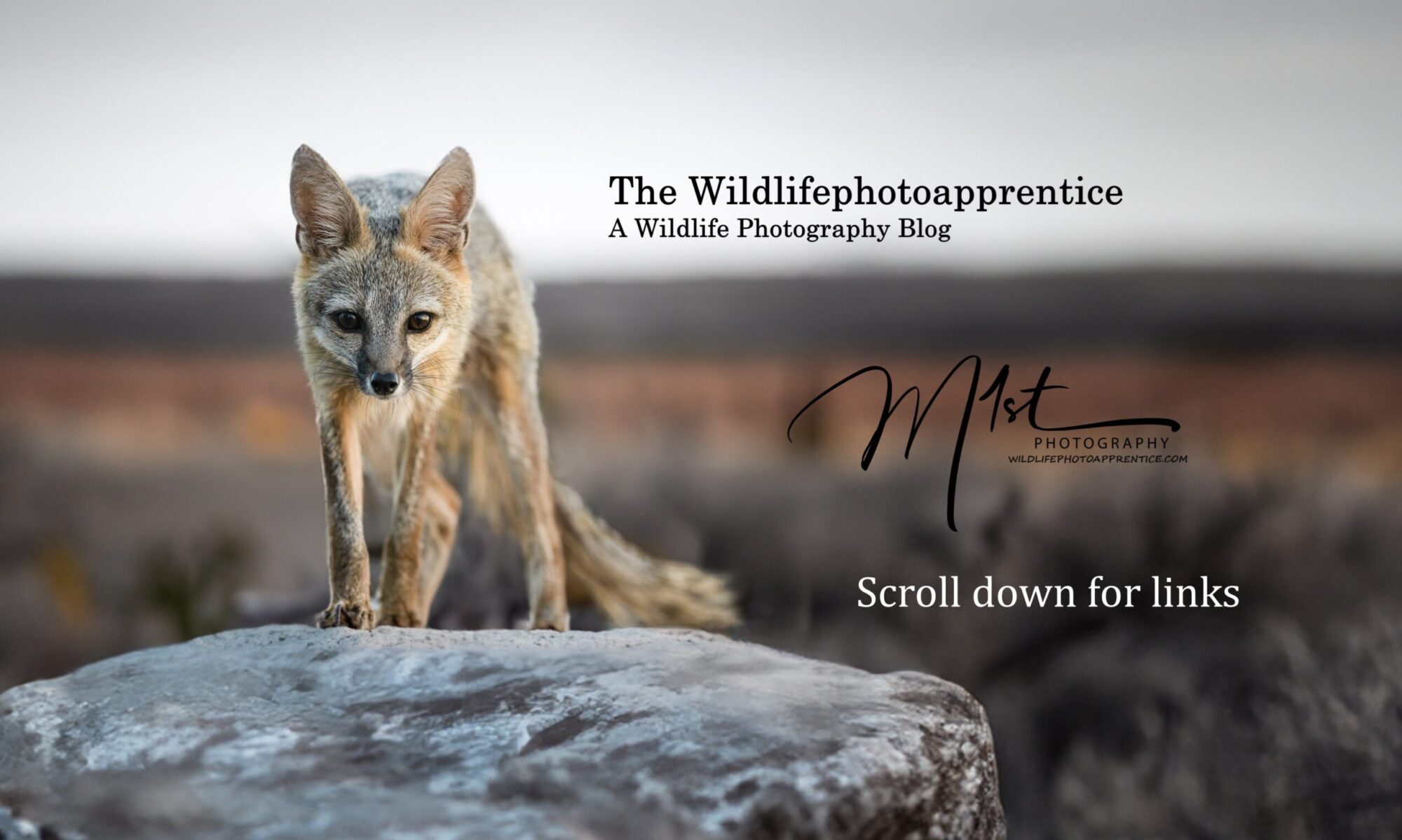In the realm of wildlife photography, capturing the perfect shot is only half the battle. The magic truly comes alive in the post-processing stage, where raw images are transformed into stunning works of art. With an array of post-processing software programs available, wildlife photographers have at their disposal powerful tools to enhance, refine, and elevate their photos to new heights. From industry giants like Adobe Lightroom and Photoshop to specialized alternatives like Capture One and DxO PhotoLab, each program offers unique features tailored to meet the diverse needs of photographers. This guide introduces you to the top post-processing software options, helping you choose the best tools to bring out the full potential of your wildlife images.
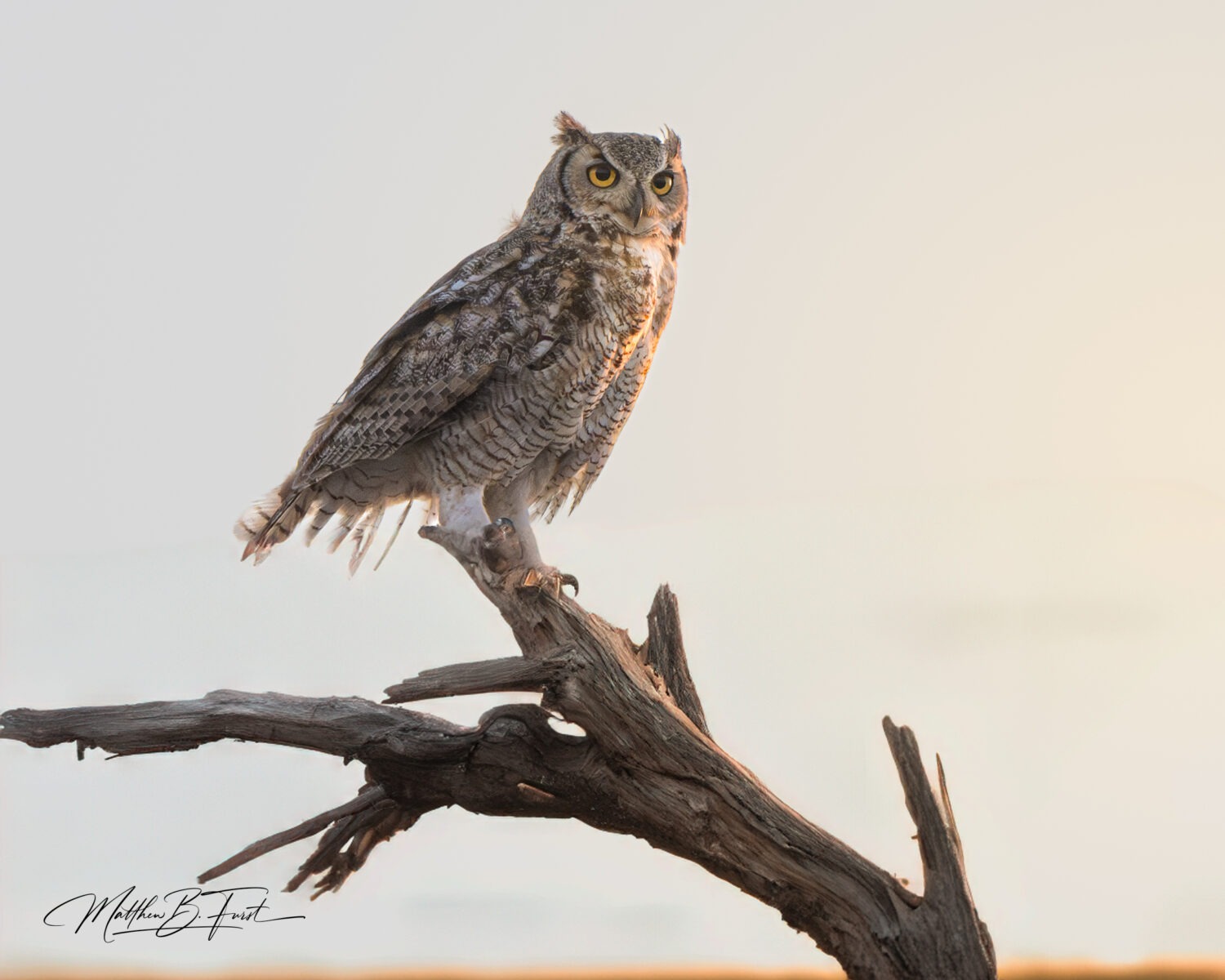
Wildlife photography is a demanding discipline that requires not only skill and patience in the field but also mastery of post-processing techniques to bring out the best in your captured images. Post-processing software is essential for refining details, correcting exposure, enhancing colors, and managing large volumes of photographs. Among the plethora of software options available, Adobe Lightroom and Adobe Photoshop stand out as industry leaders. However, they face competition from other powerful tools like Capture One, DxO PhotoLab, and ON1 Photo RAW. This blog explores the pros and cons of Lightroom and Photoshop in comparison to these alternatives, highlighting their capabilities, and their ability to interface with programs like DxO PureRAW 4 and Topaz Photo AI.
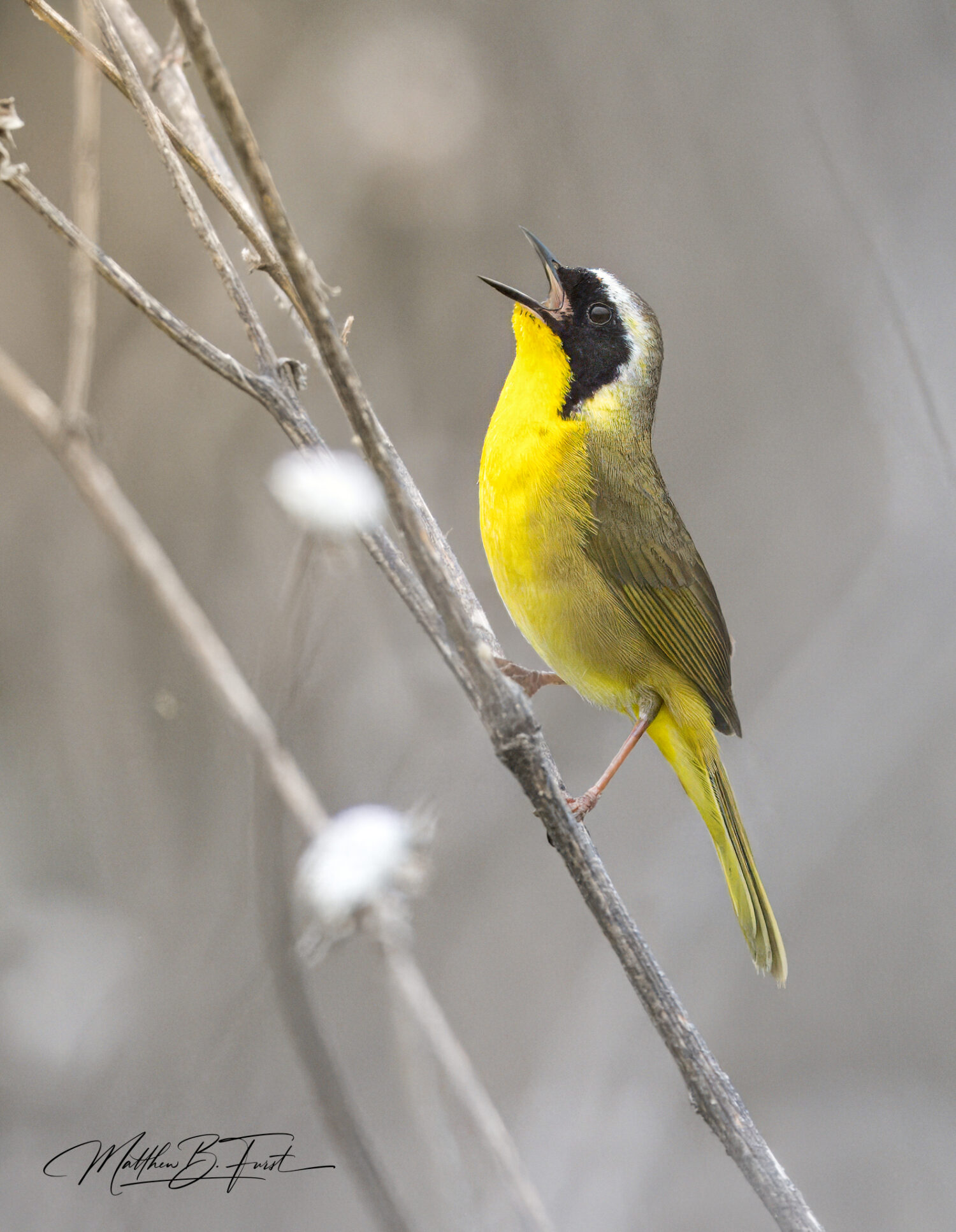
Adobe Lightroom
Pros of lightroom
Lightroom’s non-destructive editing is a significant advantage for wildlife photographers. Every adjustment you make is stored in the catalog as metadata, meaning the original RAW file remains untouched. This allows photographers to experiment freely with edits without worrying about permanently altering their images. Lightroom excels in photo management. Its robust cataloging system enables photographers to organize their images efficiently using keywords, collections, ratings, and flags. This is particularly useful for wildlife photographers who often deal with hundreds of images from a single shoot. Additionally, the ability to apply edits to multiple photos simultaneously, referred to as batch processing, saves considerable time. This feature is beneficial when you need to apply similar adjustments, such as white balance correction or exposure tweaks, to a series of images taken under the same conditions. Lightroom’s RAW processing capabilities are among the best. The software provides comprehensive tools for adjusting exposure, contrast, highlights, shadows, and color balance. The detail and noise reduction tools are particularly useful for wildlife photos taken in low light. Lightroom’s seamless integration with Photoshop is a significant advantage. You can easily open images in Photoshop for more advanced editing and then return them to Lightroom. This combined workflow leverages the strengths of both programs. Lightroom offers a vast library of presets and profiles that can speed up the editing process and help maintain a consistent look across your portfolio. You can also create and save your own presets. Lightroom’s mobile and web versions allow you to edit and organize photos on the go. The cloud-based ecosystem ensures your work is synced across devices, providing flexibility and convenience. Lightroom’s ability to interface with programs like DxO PureRAW 4 and Topaz Photo AI adds another layer of functionality.
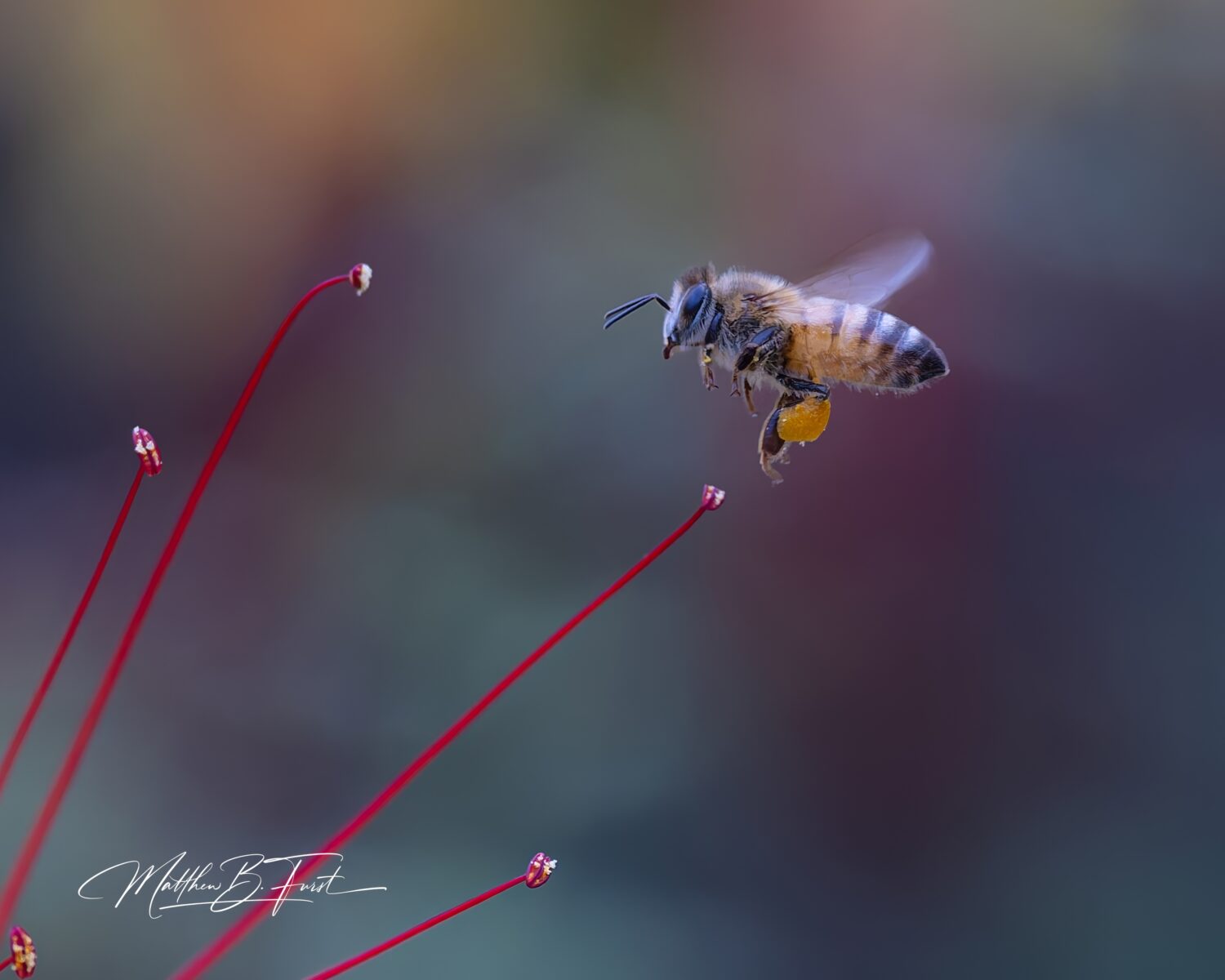
Interfacing with DXO PureRAW 4 and Topaz Photo AI
One of Lightroom’s significant advantages is its ability to interface with other specialized programs like DxO PureRAW 4 and Topaz Photo AI, enhancing its capabilities.
DXO PureRAW 4
DxO PureRAW 4 is designed to preprocess RAW files, improving them before they are imported into Lightroom. It uses advanced algorithms to reduce noise and enhance details, producing higher-quality starting points for further editing in Lightroom. By preprocessing RAW files with DxO PureRAW 4, you start with images that have less noise and more detail. The integration allows for a smooth workflow, making it easy to transfer images between programs. Photographers can take advantage of DxO’s superior noise reduction and optical corrections before fine-tuning their images in Lightroom.
Topaz Photo AI
Topaz Photo AI provides advanced AI-driven tools for sharpening, noise reduction, and upscaling. When used in conjunction with Lightroom, it can significantly enhance the quality of wildlife photos, especially those taken in challenging conditions. Topaz Photo AI uses machine learning to analyze images and apply precise adjustments, improving overall image quality. The interface is user-friendly, making it easy to apply complex adjustments with minimal effort. Like DxO PureRAW 4, Topaz Photo AI integrates smoothly with Lightroom, allowing for a streamlined workflow.
Cons of Lightroom
Lightroom is only available through a subscription to Adobe Creative Cloud, which can become costly over time compared to one-time purchase options. Lightroom can be slow, especially when dealing with large catalogs or high-resolution files. This can hinder productivity, particularly when processing a large batch of images. While Lightroom is excellent for basic to intermediate edits, it lacks some advanced editing capabilities found in Photoshop, such as detailed retouching, compositing, and extensive layer-based editing. Although Lightroom is user-friendly, it has a learning curve, especially for those new to photo editing or transitioning from other software. Lightroom’s catalog system requires proper management and backups. Corruption or loss of the catalog file can result in losing your organizational structure and edits.
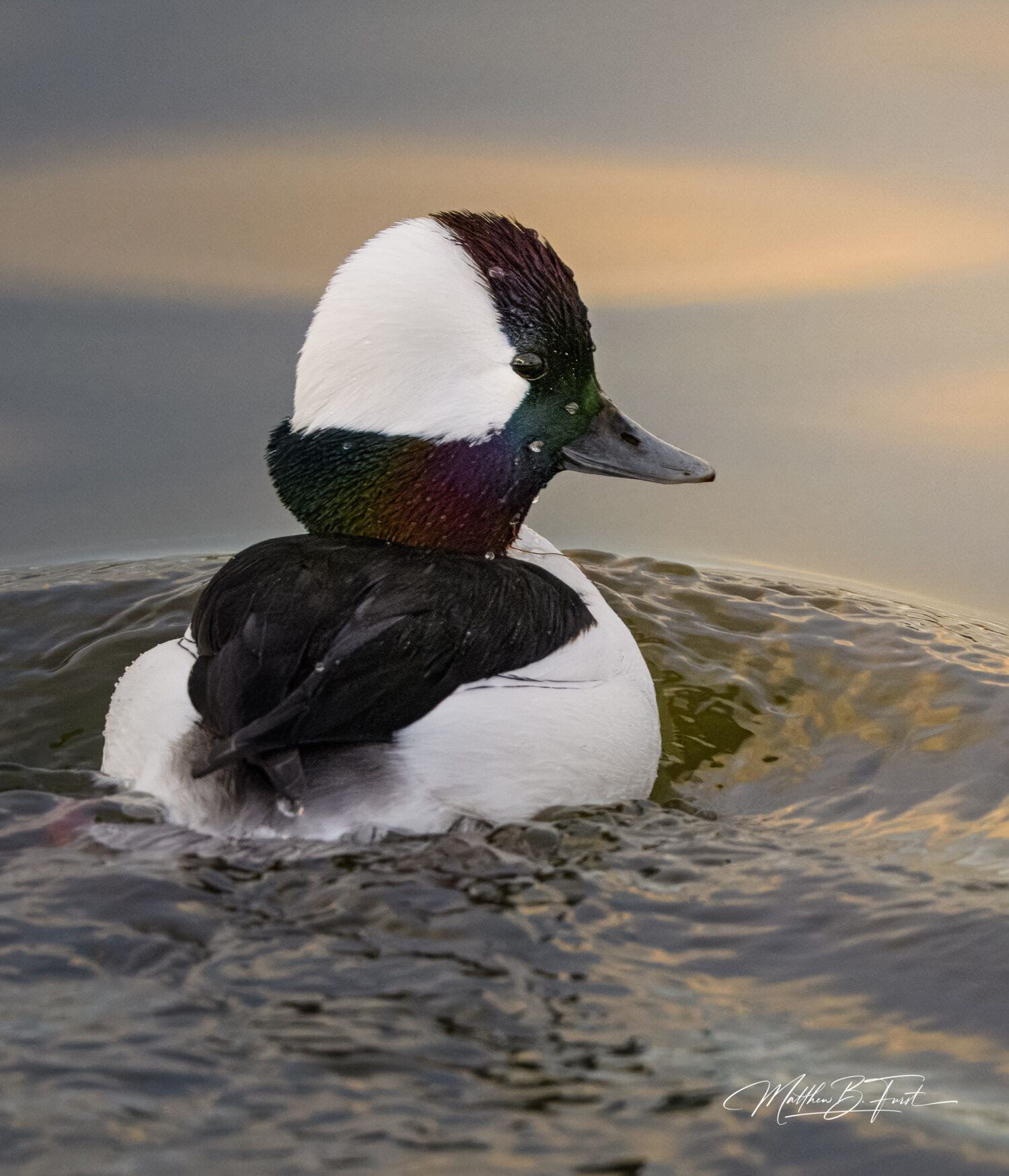
Adobe Photoshop
Pros of photoshop
Photoshop is unparalleled when it comes to advanced editing capabilities. It offers detailed retouching, complex compositing, advanced layer-based editing, and a vast array of tools for creative manipulations. For wildlife photographers, this means the ability to remove distractions, enhance details, and create composite images. Photoshop provides precise control over every aspect of the image. Tools like layers, masks, and adjustment layers allow for meticulous adjustments and fine-tuning. This level of control is essential for achieving professional-quality results. Photoshop supports a wide range of plugins, extending its functionality. Plugins like Topaz Labs for noise reduction and sharpening, Nik Collection for creative effects, and many others can be seamlessly integrated. As mentioned earlier, the integration between Lightroom and Photoshop allows photographers to start their workflow in Lightroom for basic adjustments and organization, and then move to Photoshop for more detailed work. Photoshop’s status as the industry standard means there is a vast amount of learning resources, tutorials, and community support available. This makes it easier to find solutions and improve your skills.
Cons of Photoshop
Photoshop’s extensive toolset can be overwhelming for beginners. Mastering the software requires a significant investment of time and effort. Photoshop’s workflow is more complex compared to Lightroom. It’s not as well-suited for organizing large volumes of images, which is a crucial aspect of wildlife photography. Like Lightroom, Photoshop is only available through a subscription to Adobe Creative Cloud, which can be expensive over time. Photoshop can be resource-intensive, requiring a powerful computer to run smoothly, especially when working with large files and multiple layers.
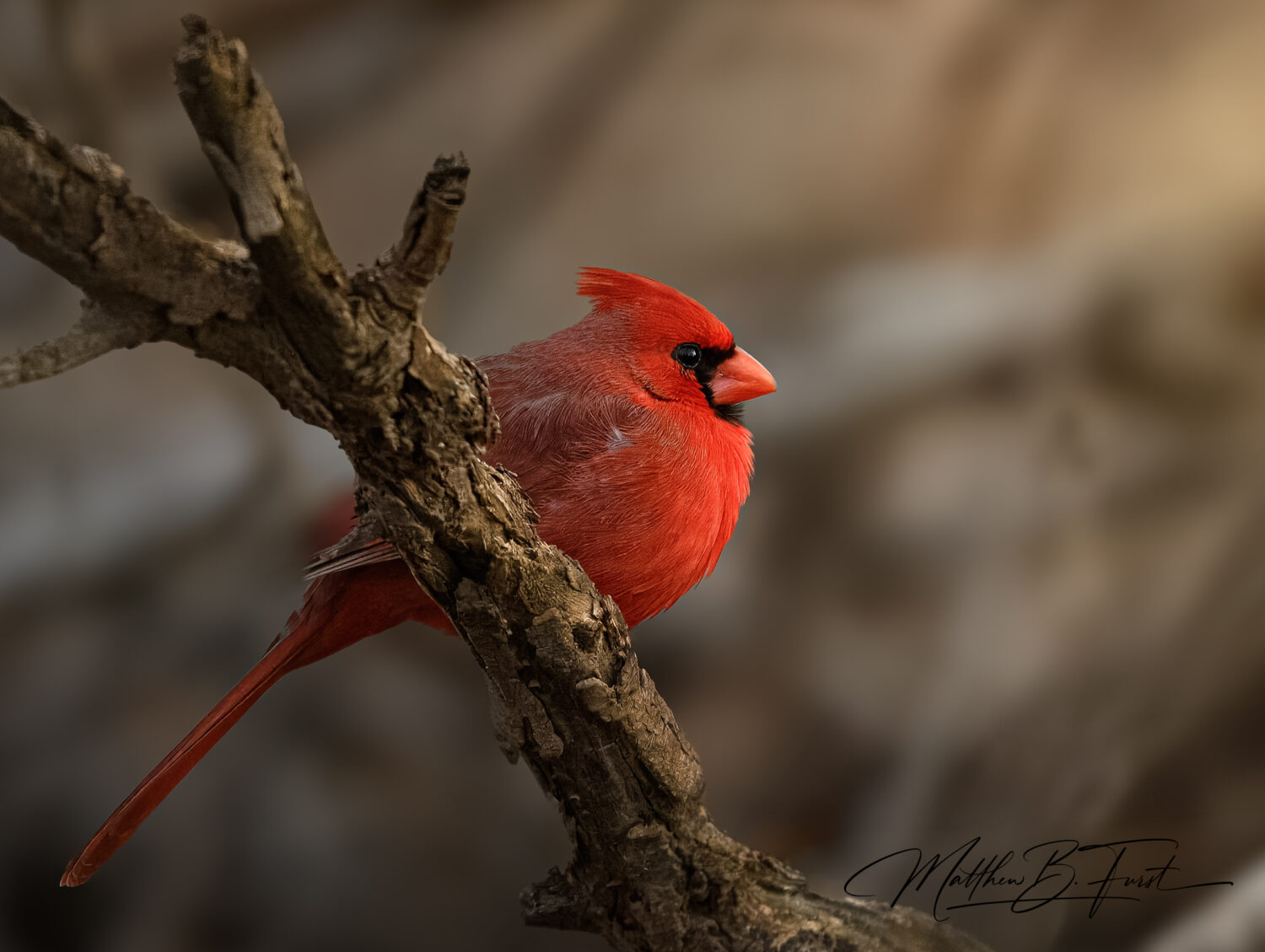
Alternatives to Lightroom and Photoshop
While Lightroom and Photoshop are dominant in the industry, other software programs offer unique features that might appeal to wildlife photographers. Here’s a look at some alternatives:
Capture One
Capture One is renowned for its exceptional RAW processing capabilities, offering superior color grading and detail enhancement. Ideal for studio and wildlife photographers who require immediate image review and adjustments. Unlike Lightroom, Capture One offers layer-based editing, providing more flexibility in adjustments.
Capture One is more expensive than Lightroom and Photoshop. The software has a steep learning curve, particularly for those accustomed to Adobe products. It doesn’t integrate as seamlessly with other software as Lightroom does with Photoshop.
DXO Potolab
DxO PhotoLab offers superior lens correction and noise reduction technologies. This feature allows for precise local adjustments, making it easier to enhance specific areas of an image. DxO PhotoLab can be used in conjunction with Lightroom, allowing photographers to benefit from both programs’ strengths. The interface can be intimidating for new users. It lacks some of the more advanced editing tools found in Photoshop. Can be slow when processing large files.
ON1 Photo RAW
Combines photo organizing, RAW processing, and layered editing in one program. Offers a one-time purchase option, making it more affordable in the long run. Includes AI-powered features for enhancing images quickly. Can be slower compared to Lightroom, especially with large catalogs. The user interface is not as polished or intuitive as Adobe’s offerings. While it offers a broad set of tools, it may not be as powerful in certain areas as Photoshop.
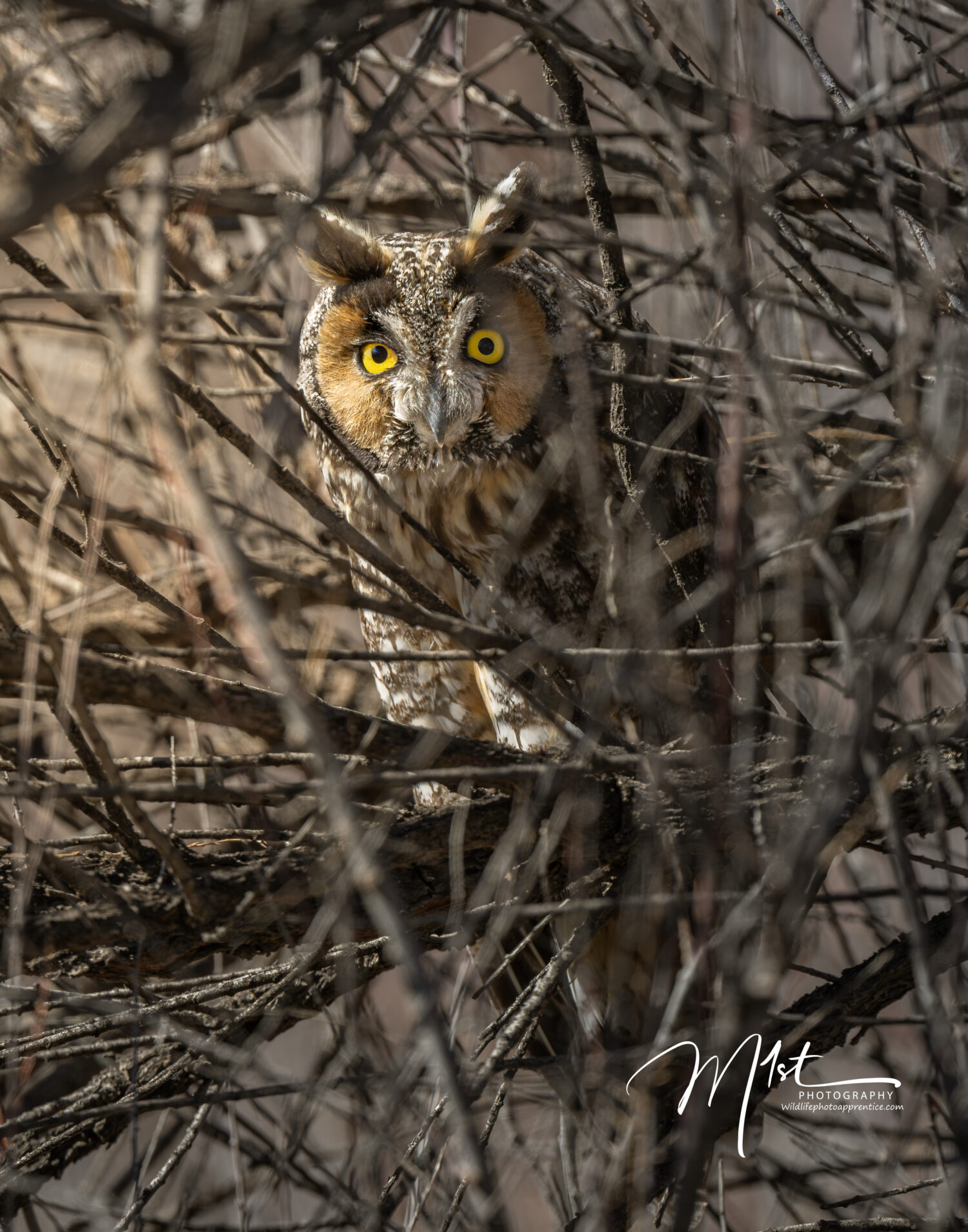
Conclusion
Adobe Lightroom and Photoshop remain the gold standards for post-processing in wildlife photography due to their comprehensive feature sets, powerful editing tools, and seamless integration. Lightroom’s non-destructive editing, advanced organization tools, and batch processing capabilities make it an excellent choice for managing and enhancing large volumes of images. Photoshop’s advanced editing tools, precise control, and extensive plugin support are unparalleled for detailed image manipulation.
However, both programs come with drawbacks, including their subscription-based pricing, performance issues, and learning curves. Alternatives like Capture One, DxO PhotoLab, and ON1 Photo RAW offer unique features that may appeal to some photographers, but they also have their own sets of pros and cons.
Lightroom’s ability to interface with programs like DxO PureRAW 4 and Topaz Photo AI enhances its functionality, allowing wildlife photographers to leverage the strengths of multiple software solutions for optimal results. By understanding the strengths and limitations of each program, wildlife photographers can choose the best tools to elevate their post-processing workflow and produce stunning images that capture the beauty and intricacies of the natural world.
